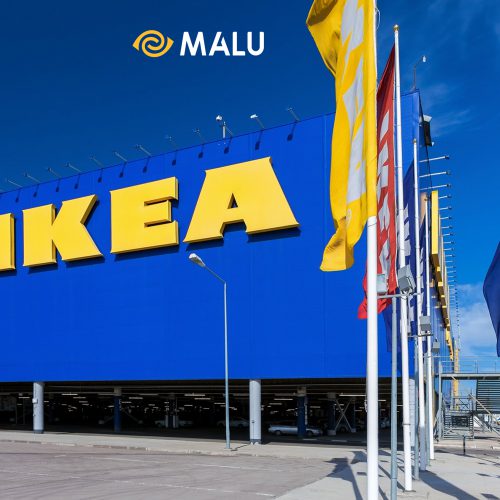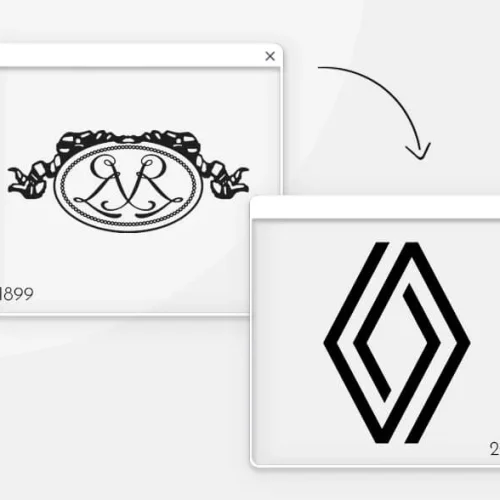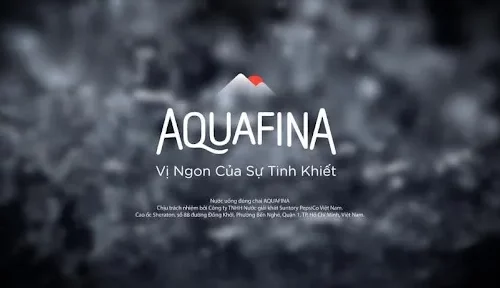To become one of the famous multinational corporations, Unilever has built and implemented international business strategies effectively. Let’s analyze and learn about Unilever’s international business strategy in the article below.
l. An overview of the multinational corporation Unilever
According to Wikipedia , Unilever is a world-famous global corporation in the field of manufacturing and fast-moving consumer products including personal and household hygiene care products, food, tea and tea drinks. .
Currently, Unilever is selling 3 main product lines:
- Food line for processing and eating
- Line of hygiene and personal care products
- Line of laundry products for clothes and household items.
With 3 product lines, Unilever currently owns more than 400 brands, including many of the most famous brands including OMO, Surf, Lux, Dove, Knorr, Comfort, Vaseline, Hazeline, Ponds, P/ S, Signal, Close Up, AX, Rexona, Vim, Cif (Jif), Sunsilk, Sunlight…
Unilever’s typical brands are widely consumed and accepted globally such as Lipton, Knorr, Cornetto, Omo, Lux, Vim, Lifebuoy, Dove, Close-Up, Sunsilk, Clear, Pond’s, Hazeline, Vaseline, … With revenues of over millions of dollars for each brand, Unilever is proving to be one of the most successful companies in the world in the field of consumer health care (Personal Care). Along with Procter & Gamble (P&G), Unilever currently dominates the world in these products.
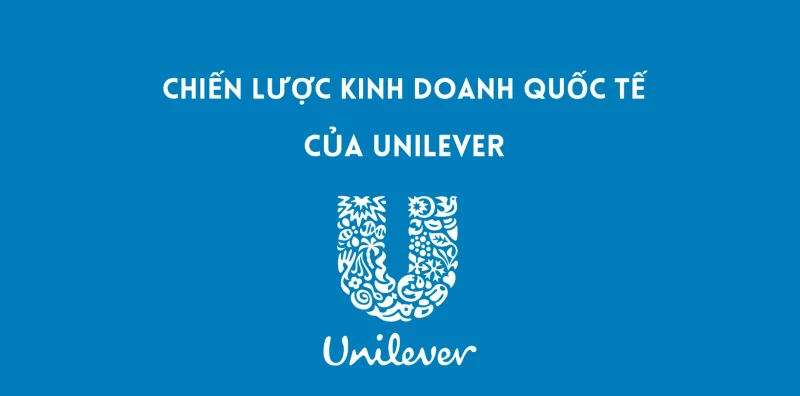
As a multinational company, expanding business and setting up many branches around the world to dominate the global market is one of Unilever’s goals. Unilever Vietnam was established in 1995 and is also a step in Unilever’s overall strategy. Unilever Vietnam is actually a collection of three separate companies: Lever Vietnam Joint Venture headquartered in Hanoi, Elida P/S in Ho Chi Minh City and Best Food Company also located in Ho Chi Minh City. .
Unilever Vietnam currently has 5 factories in Hanoi, Cu Chi, Thu Duc and Bien Hoa industrial park. The company currently has a nationwide sales distribution system through more than 350 large distributors and more than 150,000 retail stores. Currently the company achieves a growth rate of about 35-40% and employs more than 2000 employees. In addition, the company also cooperates with many domestic factories in manufacturing and processing activities, supplying raw materials for production and packaging of finished products.
These business cooperation activities have helped Unilever Vietnam save import costs and reduce product prices, to enhance the competitiveness of the company’s products in the Vietnamese market, and at the same time the company also helps Support Vietnamese partners to develop production, ensure income for employees and create about 5,500 additional jobs.
Immediately after going into operation in 1995, Unilever’s famous products such as Omo, Sunsilk, Clear, Dove, Pond’s, Close-up, Cornetto, Paddle Pop, Lipton, Knorr… along with traditional Vietnamese brands Nam is Viso, and P/S have been widely introduced and with the advantage of perfect quality and reasonable prices suitable for the budget of Vietnamese consumers, these brands have quickly become popular brands. the most consumed goods in the Vietnamese market.
Unilever quickly became profitable and earned significant profits in the Vietnamese market. With such growth rate Unilever Vietnam has been proving that it is the most successful foreign company in Vietnam today.
In addition to business activities Unilever Vietnam also actively contributes to social, humanitarian and community development activities.
Every year the company contributes about 2 million dollars to community development activities in Vietnam and the company was honored to receive a certificate of merit from the Prime Minister of our country for its achievements in production, business and other activities. social, humanitarian, educational, and public health activities.
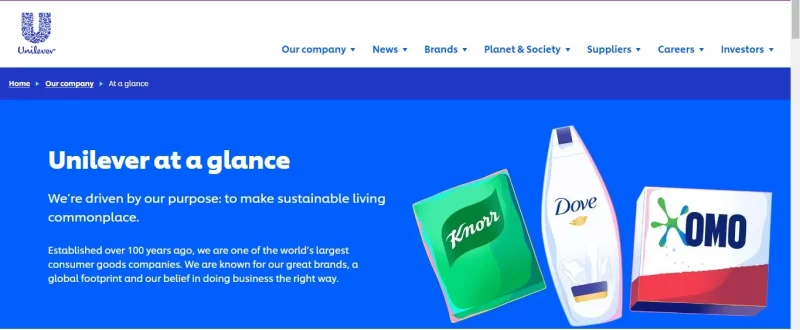
ll. SWOT analysis of Unilever
The SWOT model is a famous tool known and applied by many businesses because of its usefulness in helping managers analyze important factors inside and outside the business from which to establish strategies. appropriate strategy and business plan.
SWOT stands for 4 words: Strengths, Weaknesses, Opportunities and Threats – is a famous model that helps businesses analyze and build your business strategy effectively.
Among the 4 elements of the SWOT model, strengths and weaknesses are two factors for internal assessment of the business. For these two factors, businesses can control and change. Often these factors are related to company operations, assets belonging to the business, product development, etc.
Besides, the remaining two factors, opportunities and challenges, are external factors that are often related to the market and are macroeconomic in nature. Businesses may not be able to control these two external factors. Businesses can fully seize opportunities, but they must also pay attention and be wary of external challenges that can occur at any time.
Read more details about the SWOT model in the article : What is the SWOT model & 7 steps of SWOT analysis

For Unilever, the strengths, weaknesses, opportunities and challenges of this corporation can be analyzed as follows.
1. Strengths
Regarding the strengths in Unilever’s SWOT model, this brand has some of the outstanding strengths below.
Effective research and development activities
Unilever’s technology research and development activities are always focused and adequately invested. Unilever always strives to research and launch innovative products in accordance with the changing requirements of customers, helping this brand become one of the most loved companies by consumers worldwide. world.
Strong brand
Unilever is present in more than 190 countries and it is probably impossible to find any consumer who does not use this brand’s products. According to the 2020 financial report, Unilever is proud to be one of the largest companies globally with strengths in expertise and production capacity in the field of consumer goods.
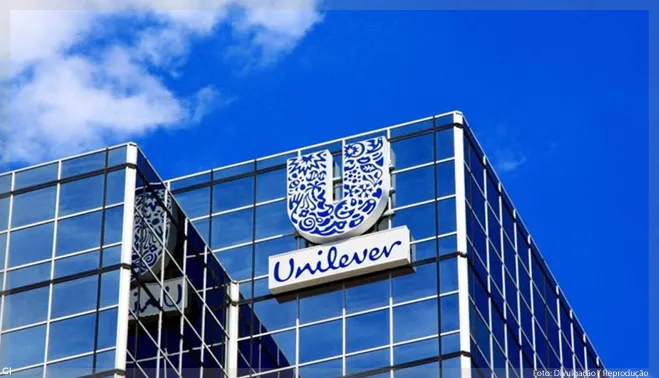
Flexible product pricing strategy
A product pricing strategy is a model or method used to establish the best price for a product or service. That strategy helps businesses choose the best selling price to maximize profits and shareholder value while considering consumer and market needs.
Dynamic pricing can be understood as on-demand pricing or time-based pricing. This is a flexible pricing strategy in which selling prices fluctuate based on the market and customer demand.
Read more : What is product pricing? 10 common product pricing strategies in marketing
With a large product portfolio, Unilever has the right to apply pricing policies flexibly, from time to time, depending on the willingness of all customer classes to pay the cost of the product.
2. Weaknesses
Besides its strengths, Unilever Group also has weaknesses that need to be overcome.
Some of the main weaknesses in Unilever’s SWOT model can be mentioned as follows:
Depends on the retailer
One weakness of Unilever is its dependence on retailers. Unilever needs a network of retailers to distribute its products. So buyer behavior and buyer decisions are greatly influenced by retailers’ advice.
Products are easily imitated
Unilever’s products are often easily imitated. Unilever’s consumer products are easily imitated, copied or replaced by similar consumer brands.
3. Opportunities
To take advantage of strengths and overcome weaknesses, Unilever can seize a number of beneficial opportunities to develop its brand and increase sales as follows:
Globalized market
The process of globalization, the penetration of global media has led to the promotion of western lifestyle in Asia. This helps Unilever take advantage of its position to become a successful brand thanks to Unilever’s international business strategy, helping local people access international brand products.
Trending with healthy and sustainable products
Consumers in developed countries are becoming more aware than ever of their own health, as well as the trend of healthy, environmentally sustainable products.
This opportunity helps Unilever reach this emerging market segment , especially the market for health-conscious consumers and green products.
4. Threats
Besides opportunities, Unilever also needs to face some challenges. The main challenges in Unilever’s SWOT analysis can be listed as follows:
The market is fiercely competitive
Unilever faces big competitors like Nestle or P&G – brands that are constantly researching and launching new products at competitive prices. This is why Unilever is constantly racing on the road to conquering the world market.
Global economic crisis
The global economic crisis is ongoing and getting worse with the presence of the COVID-19 pandemic. This seriously affects many companies, including large corporations like Unilever.
Unilever’s SWOT analysis table
| Strength | Weakness | Opportunity | Challenge |
|
|
|
|
lll. Detailed analysis of Unilever’s international business strategy
Unilever is a famous multinational corporation. To become successful in foreign markets, Unilever has developed and implemented effective international business strategies . So what is Unilever’s international business strategy?
1. Unilever’s international strategy
When analyzing Unilever’s international business strategy, this group has effectively applied the international strategy.
International strategy is a competitive strategy aimed at increasing profits by transferring and exploiting a business’s superior products and skills in foreign markets.
Products are designed, developed, produced and consumed in the domestic market and then exported abroad with minor adaptations; or the product is designed entirely domestically, while production and consumption are assigned to foreign branches.
In the period before 1990, Unilever used an international strategy to save costs and unify its brand image across countries.
For this initial phase, Unilever has implemented its international strategy as follows:
- Use a market approach that is essentially the same in every country in which the group is present (minimum meeting local requirements)
- Sell many of the same products everywhere (make small adjustments necessary to suit local country preferences, needs)
- Build a global brand and centrally coordinate your business activities worldwide
For this international business strategy of Unilever, the company has transferred its advantages abroad, taking advantage of production experience as well as advantages in products and skills to compete in the market. However, with an international strategy, Unilever cannot meet the unique needs of each different locality and country.
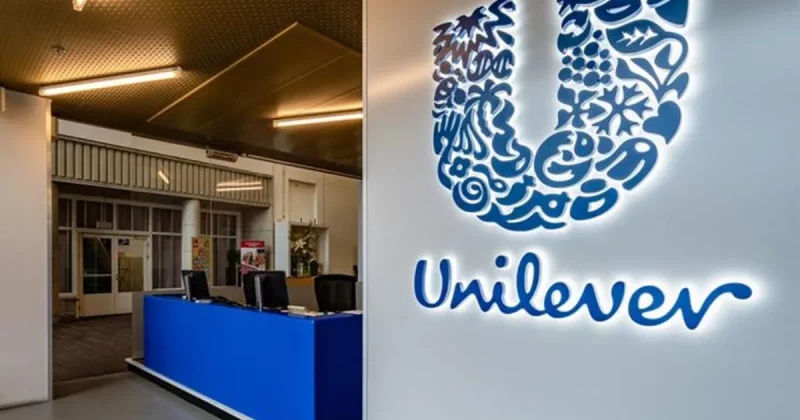
2. Unilever’s multinational strategy
From the period 1990-2000, Unilever’s international business strategy was to use a multinational strategy.
Multinational strategy is a competitive strategy aimed at increasing the value of products (thereby increasing profits) of a business by adapting products to each foreign market.
In response to the pressure to adapt, each overseas subsidiary carries out almost all the important value-creating activities such as production, marketing, product development, etc.
After failing to meet the unique needs of each locality, Unilever switched to applying a multinational strategy in its international business strategy. This group wants to be able to make good use of regional advantages, have good relationships with local representatives and save employees’ travel time.
Unilever also wants to cut operating costs and speed up development and introduction of new products by streamlining operations.
Unilever’s international business strategy at this stage allows each foreign subsidiary to undertake production, sales, marketing and distribution of products in that market. Each company will be a separate profit center and responsible for its own business operations.
A multinational strategy allows managers at each company to develop products and implement marketing strategies that suit local preferences and tastes, adjusting sales strategies and distribution systems. coordinated with the retail system in each market.
However, this strategy also has certain limitations such as: difficulty in specializing, or duplication between departments and resources. Potential duplication of work in each region due to subsidiaries having similar value-creating activities in different locations, rather than focusing on the most efficient location.
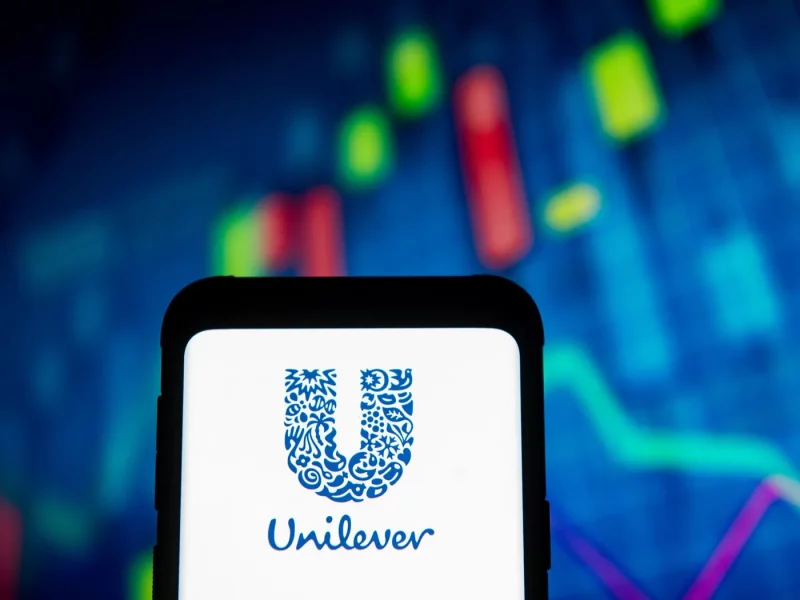
3. Unilever’s transnational strategy
Currently, Unilever’s business strategy is a transnational strategy.
Transnational strategy is a competitive strategy that aims to increase profits through cutting costs globally, while increasing value by adapting products to each market.
Business units have high autonomy in performing basic business activities such as production and marketing (to adapt well), and at the same time have close coordination with each other (to reduce costs).
A transnational strategy may be chosen when a business faces great pressure both to reduce costs and to adapt to local conditions.
The reasons why Unilever chooses a transnational strategy for its international business strategy can be listed as:
- Pressure for local adaptation is high: due to different tastes in each country and differences in host country policies.
- Pressure to reduce costs is high: there are more domestic manufacturers with production lines large and modern enough to compete.
Some key activities of the transnational strategy in Unilever’s international business strategy include:
Research and Development
To differentiate products to meet local needs, Unilever has monitored changes in consumer psychology through the establishment and development of People Data Centers around the world.
Since 2017, Unilever has expanded and developed from 25 to 30 data centers. Enterprises have used the information collected to research and develop products to suit the tastes and needs of each locality.
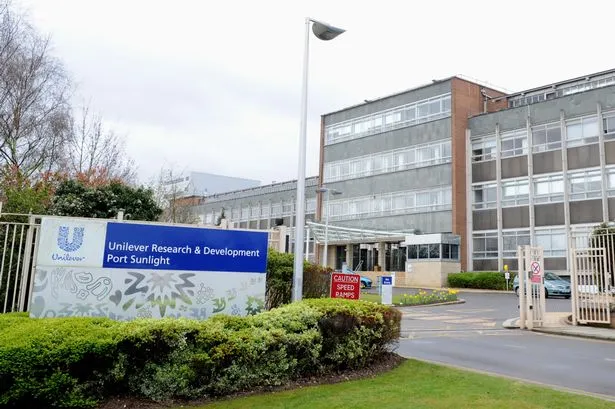
Manufacture
In each country and territory, Unilever will evaluate and adjust production goals based on key factors such as: residential environment, economy, socio-politics, micro and macro environment from there. Decide on production strategy.
Unilever also practices product differentiation to ensure that all segments of society are served, meeting market needs and maximizing the revenue received. For example, when manufacturing washing powder in India, “Surf Excel” was created for the well-off customers, “Rin” for the middle class and “Wheel” for low-income people.
Logistics and supply chain activities
Logistics plays a key role in the successful implementation of Unilever’s international business strategy.
The company’s global hub is located in Singapore to manage strategic sourcing for Unilever’s operations in Asia, Africa, Central and Eastern Europe including supplier selection and contracting. .
Multinational offices will be responsible for carrying out purchasing activities. These offices will not have the right to choose suppliers unless approved by the center.
In addition, Unilever also computerized all of its delivery and receipt activities. With the successful application of the VMI and e-Order models for key accounts, it helps significantly reduce partners’ inventory and solve the inventory problem of today’s wholesalers.
In most markets, Unilever chooses to outsource its distribution and logistics systems by cooperating with third-party corporations and companies.
Marketing Activities
Regarding Marketing activities in Unilever’s international business strategy, this brand has deployed its Marketing strategies according to the 4P Marketing Mix model .
Product
Unilever focuses on each individual in the market and focuses its aim on discovering new customer expectations to carry out research and product development accordingly.
Price
Before entering the market, Unilever always carefully researches competitors’ pricing strategies, develops the most suitable pricing strategy for the market while maintaining the company’s profits. In general, Unilever keeps a marginal price for all its products.
Distribution system (Place)
When analyzing Unilever’s Marketing strategy in terms of distribution system (Place), this brand has focused on expanding its distribution system to reach more customers.
Unilever Vietnam currently has about 350 distributors and more than 150,000 wholesale and retail stores of the company’s products nationwide. These numbers show that the company’s products are flooding the Vietnamese market from remote areas to the busiest places in urban Vietnam.
Promotion mix (Promotion)
For Unilever’s Marketing strategy of mixed promotion (Promotion), Unilever has focused on implementing its product advertising campaigns on media such as newspapers, radio, TV,… and technical media. number.
Read more details about Unilever’s Marketing Mix strategy in the article: Analyzing Unilever’s Marketing Mix strategy
Summary
To become one of the famous multinational corporations, Unilever has built and implemented international business strategies effectively. Key strategies in Unilever’s international business strategy include:
- International strategy
- Multinational strategy
- Transnational strategy
Hopefully through this article, you will learn more about Unilever’s international business strategies and then refer to them to deploy appropriate strategies for your business.
Visit our blog to update good knowledge every day!

